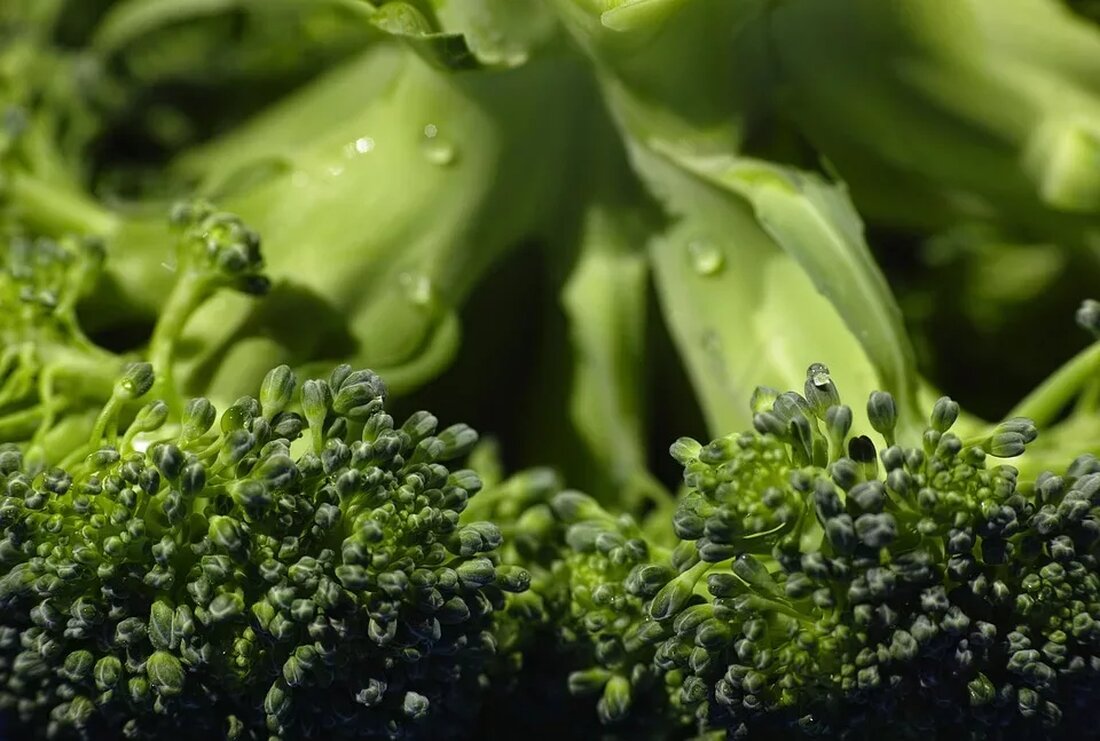Raw food: healthy or dangerous?
Raw food: healthy or dangerous? Raw food, also known as a raw food diet, is a diet in which foods are consumed unprocessed and uncooked. Proponents of the raw diet argue that this diet can provide numerous health benefits. However, there are also concerns and risks associated with an exclusively raw diet. In this article, we will examine in more depth whether raw food is healthy or dangerous. What is raw food? Raw food consists of a variety of foods, such as fruits, vegetables, nuts, seeds, sprouts and algae. The idea behind the raw food diet is to preserve the natural nutrients and enzymes in foods by not exceeding 47 degrees Celsius...

Raw food: healthy or dangerous?
Raw food: healthy or dangerous?
Raw food, also known as a raw food diet, is a diet in which foods are consumed unprocessed and uncooked. Proponents of the raw diet argue that this diet can provide numerous health benefits. However, there are also concerns and risks associated with an exclusively raw diet. In this article, we will examine in more depth whether raw food is healthy or dangerous.
What is raw food?
Raw food consists of a variety of foods, such as fruits, vegetables, nuts, seeds, sprouts and algae. The idea behind raw food nutrition is to preserve the natural nutrients and enzymes in foods by not heating them above 47 degrees Celsius.
Health Benefits of Raw Food
Proponents of the raw diet argue that this diet offers numerous health benefits. Here are some of these commonly cited benefits:
1. High nutrient content
Raw fruits and vegetables are typically rich in vitamins, minerals, fiber and antioxidants. These nutrients are important for good health because they can strengthen the immune system, reduce the risk of cardiovascular disease, and fight inflammation.
2. Improved digestion
The raw food diet can promote better digestion because it is rich in fiber. Fiber helps regulate bowel movements, prevent constipation and maintain a healthy digestive system.
3. Weight loss and control
A raw diet can help you lose weight or maintain a healthy weight. Raw foods are typically low in calories but high in nutrients, which helps you feel full while limiting your calorie intake.
4. Improved energy and vitality
Some people report increased energy levels after switching to a raw food diet. This may be due to the high levels of natural nutrients and enzymes provided to the body.
Potential Risks of Raw Food
Although raw food offers many potential benefits, there are also some risks that may come with it. It is important to take these into account in order to make a balanced dietary decision.
1. Lack of nutrients
An all-raw food diet can lead to deficiencies in certain nutrients normally obtained from cooked foods. For example, it can be difficult to obtain sufficient amounts of vitamin B12, iron, calcium and omega-3 fatty acids from raw foods. It may be necessary to take supplements to balance these nutrients.
2. Increased risk of foodborne infections
Consuming raw foods, especially animal foods, increases the risk of foodborne illnesses. Raw meat and fish can contain potentially harmful bacteria such as salmonella or E.coli. Careful hygiene practices when handling raw foods are crucial to avoid infections.
3. Restrictive food choices
The pure raw food diet excludes many foods that are eaten raw due to safety concerns or simple discomfort. This can lead to a significant restriction in food choices and potentially lead to nutritional deficiencies.
4. Digestive problems
Some people have difficulty digesting raw foods. This can lead to digestive problems such as bloating, stomach pain and diarrhea. Such problems can be caused by the high fiber and enzymes in raw foods.
How to Make a Raw Diet Safe
If you choose a raw diet, there are some steps you can take to ensure you get enough nutrients and minimize the risk of infections:
1. Find out about nutrition
It is important to thoroughly educate yourself on the concept of raw food nutrition. Understand the underlying principles of what foods you can eat and how to ensure you get all the nutrients you need.
2. Add variety to your diet
Try to incorporate a variety of raw foods into your diet to ensure you're getting a wide range of nutrients. Fruits, vegetables, nuts, seeds and sprouts can all be valuable additions to your raw diet.
3. Pay attention to hygiene
Careful hygiene is crucial to minimize the risk of foodborne illnesses. Wash fruits and vegetables thoroughly and be sure to use clean utensils and surfaces to avoid cross-contamination.
4. Monitor your health
Have your nutrient levels checked regularly to ensure you are not developing deficiencies. Work closely with a nutritionist to ensure your raw diet covers all the necessary nutrients.
Conclusion
Raw foods can be a healthy dietary option that is rich in nutrients and enzymes. However, it is important to consider the potential risks and challenges. A balanced and informed approach to raw food nutrition can help reap the benefits and minimize the potential risks. Always consult a professional before making any major changes to your diet.

 Suche
Suche
 Mein Konto
Mein Konto
